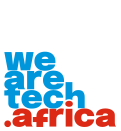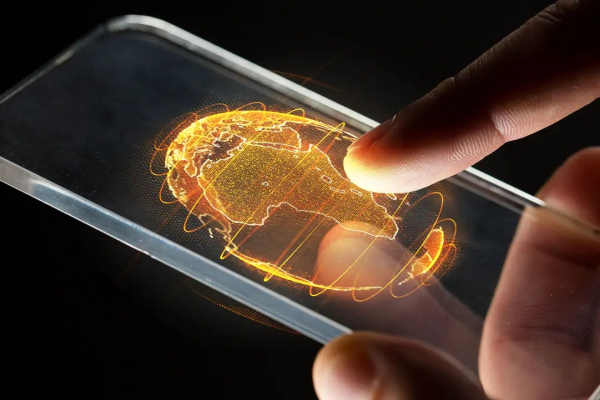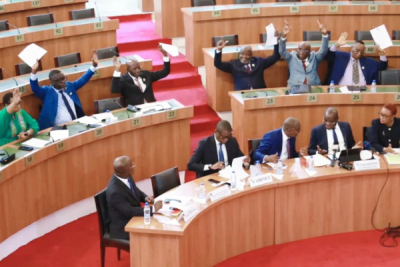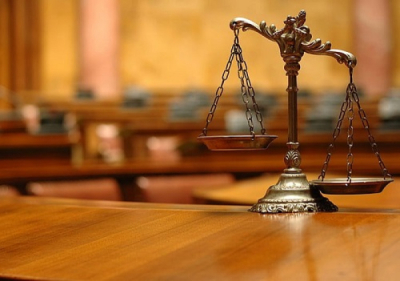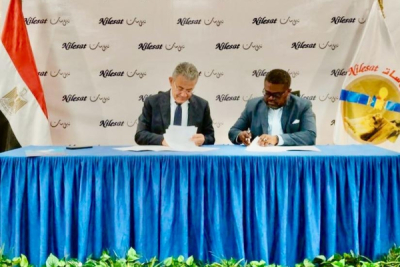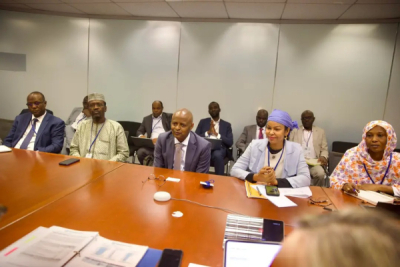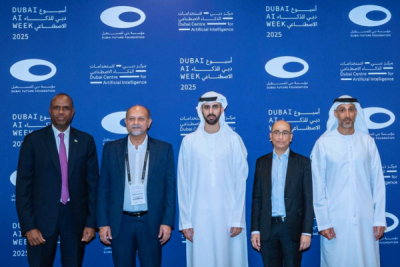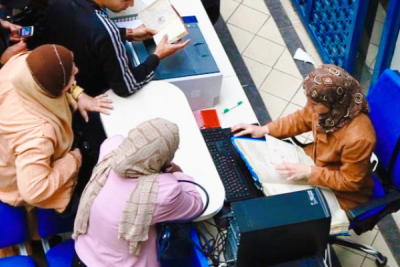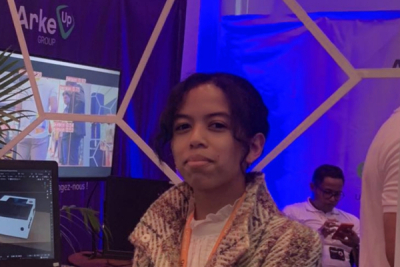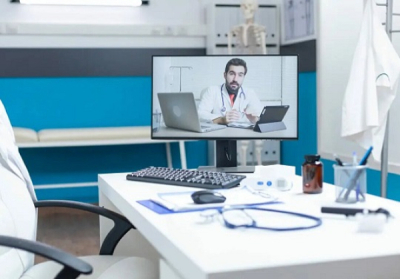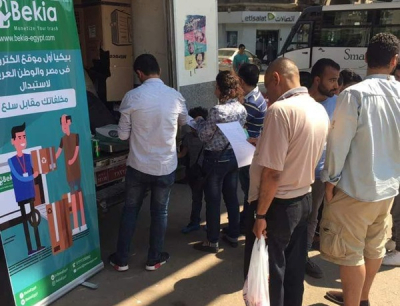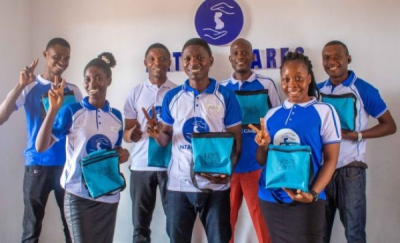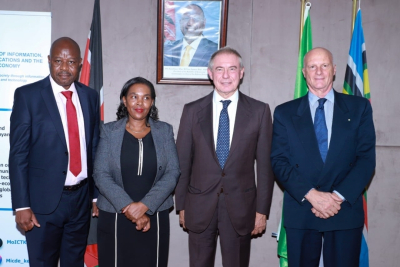With the ongoing digital transformation, investments are pouring into Africa to guarantee quality internet connection for populations. Over the past three years, new telecoms infrastructures have been commissioned for this purpose.
Demand for high-speed Internet services in Africa has been rising since 2020. This need is currently having a direct impact on the continent's transmission capacity, which has recorded the fastest compound annual growth rate (CAGR) in the world over the past three years, indicates the Broadband Commission of the International Telecommunication Union (ITU), in its report "The State of Broadband 2023 Digital Connectivity: A Transformative Opportunity."
Between 2020 and 2023, a dozen new submarine cable systems were commissioned on the continent, boosting total available bandwidth by more than 70 terabits. In addition to cables such as the South Atlantic Inter Link, Orval, METISS, DARE1, EllaLink, Maroc Telecom West Africa, Equiano, 2Africa, etc., thousands of kilometers of terrestrial fiber optic cable have also been deployed by suppliers such as Liquid Telecom. Added to this are the data capacities of national and international satellite communication systems such as Eutelsat, YahClick, Intelsat, Starlink, OneWeb, etc.
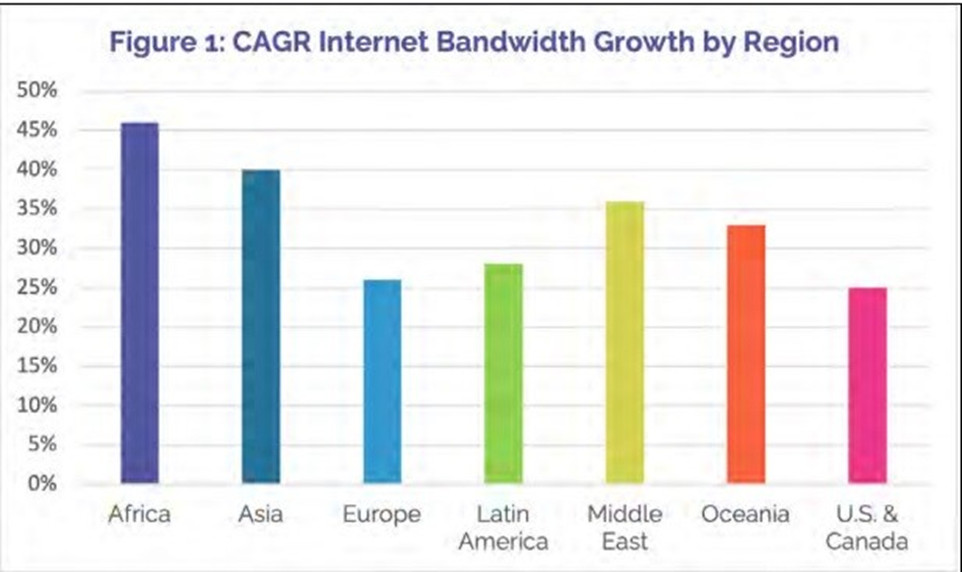
Source: Broadband Commission
In its June 2020 Mobility Report, tech company Ericsson reported that in sub-Saharan Africa, home to more than half the African population, monthly internet trafic per smartphone was 1.9 gigabytes in 2019. By June 2022, this monthly traffic had climbed to 4.7 gigabytes. Ericsson estimates that this growth in demand volume will reach 19 GB by 2028, for individual consumers alone. However, the rapid annual growth in high-speed transmission capacity does not always benefit all African populations, even though 83% of them are covered by a telecoms network (49% by 4G and almost 30% by 3G), according to the ITU. The Internet access rate is only 33% (87% in Europe, 81% in the USA, 61% in Asia-Pacific), despite the significant potential for high-speed connectivity. A number of obstacles are still holding back the full exploitation of the various Internet investments made by governments and service providers. These include the high cost of entry-level broadband services. They are still well above the threshold set by the Broadband Commission: less than 2% of monthly gross national income per capita.
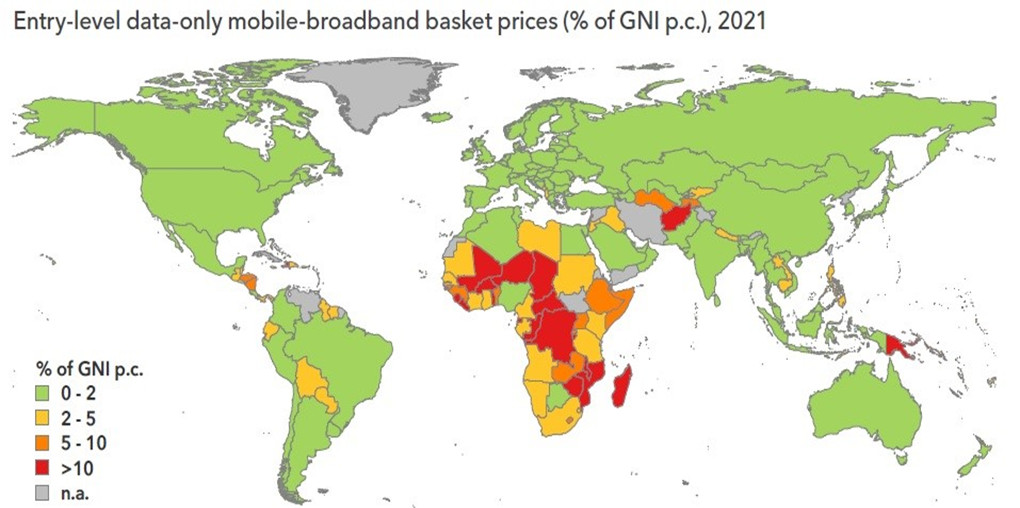 Source: UIT
Source: UIT
The cost of internet-enabled phones is another obstacle. In its study "To Luxury To Lifeline. Reducing the cost of mobile devices to reach universal internet access" covering 70 countries worldwide, the Alliance for Affordable Internet (A4AI) drew up a heat map revealing the markets where the price of a smartphone is most affordable. Access to computers is also expensive. Only 1% of the African population is connected to fixed broadband at home (35% in Europe, 23% in the USA, 17% in Asia-Pacific), out of the nearly 2.5 million km of fiber optic cable already deployed on the continent.
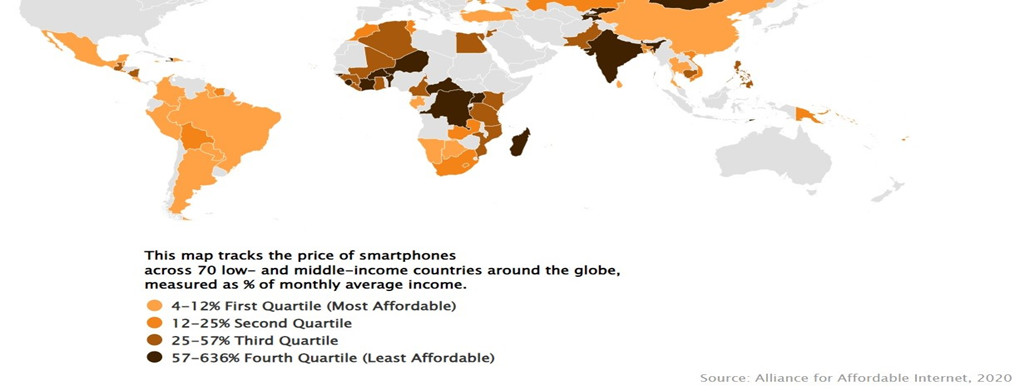 Source: Alliance for Affordable Internet
Source: Alliance for Affordable Internet
According to the ITU, the Internet is currently an undisputable catalyst for economic and social development. The UN agency states that improving mobile and fixed broadband penetration rates by 10% would add 2.5% and 1.5 respectively to gross domestic products (GDP).
Muriel Edjo
